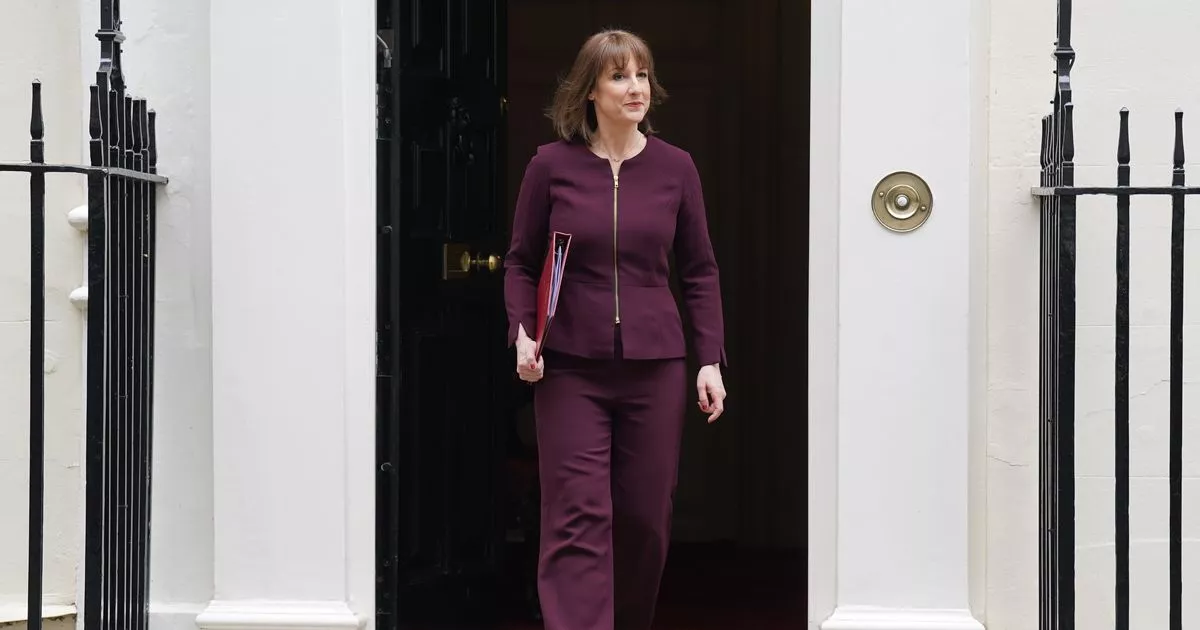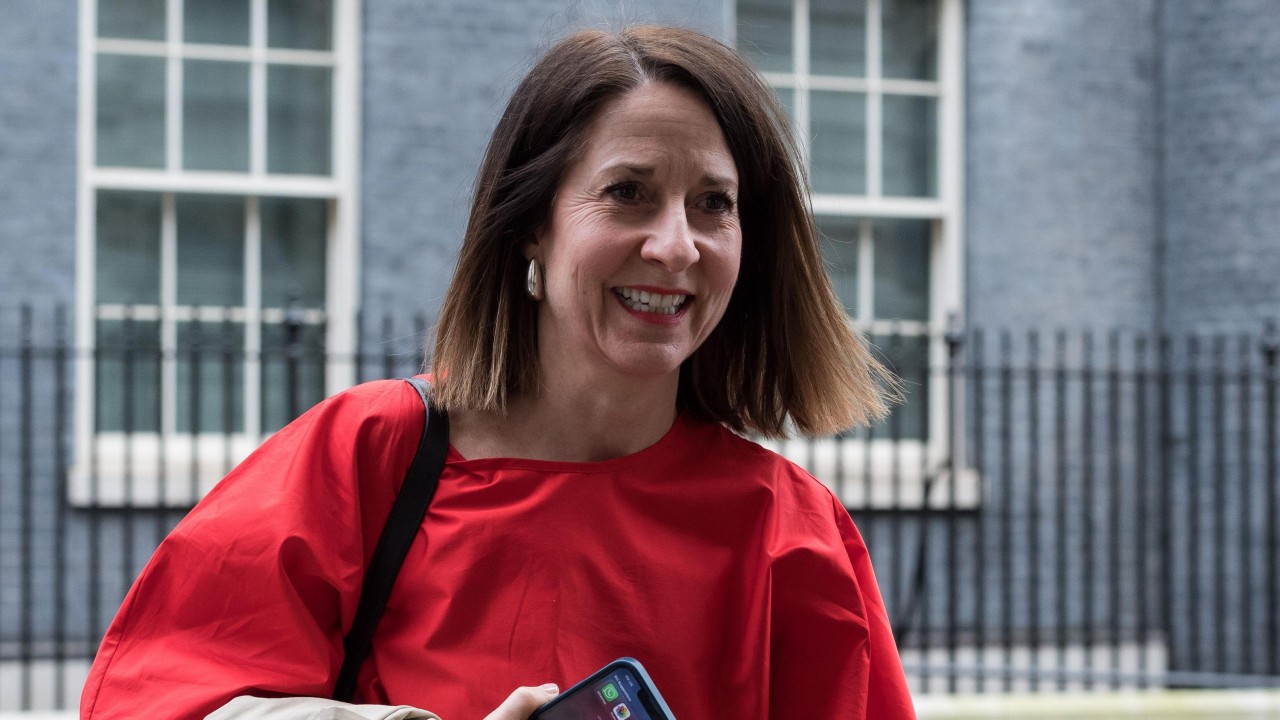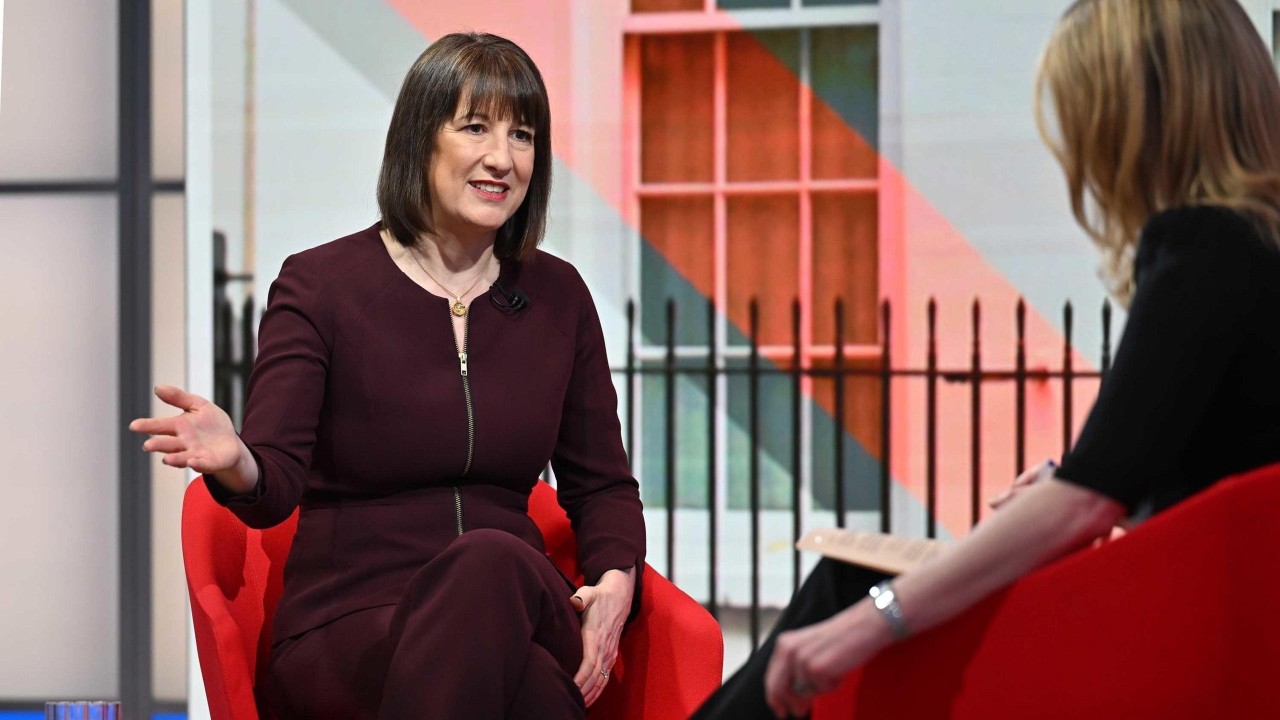Insights



Poll tax, redux? Much ado about Chesham and Amersham and a Swiss family affair
Dollars and sense: Much ado about Chesham and Amersham
“Like one that draws the model of a house, beyond his power to build it; who, half through,, gives o’er and leaves his part-created cost, a naked subject to the weeping clouds, and waste for churlish winter’s tyranny” William Shakespeare
The Chesham and Amersham by-election raises serious questions for the future of the Conservative Party’s planning and homebuilding policy. The Liberal Democrats’ overturning of a 16,233-vote majority on a campaign built off of local opposition to new house construction and the HS2 high-speed rail line (despite the party backing both on a national level) highlights just how salient such issues are in the Conservatives’ ‘Blue Wall’. British by-elections are renowned for producing shock results, but they often belie the state of national politics.
The Chesham and Amersham vote is one such result. While suburban London and much of the home counties are undoubtedly fertile ground for Liberal Democrats, tactical voting – which saw the main opposition Labour Party win just 600 votes – is far less common during general elections. A so-called ‘Lib-Lab’ coalition has never seriously manifested itself, least of all at election time, despite repeated efforts.
As a result, papers are aflutter with talk of whether Prime Minister Boris Johnson will reverse his proposed planning bill and other manifesto commitments aimed at increasing the number of new homes built by 300,000 a year. Many Conservative party stalwarts have proposed just that, and some MPs such as Theresa May, Johnson’s predecessor as prime minister have been pushing for such a reversal since well before the by-election was called.
The crux of the matter is the fact that Britain’s strict planning permission requirements – while ostensibly aimed at sustaining greenbelts, protecting architectural heritage, and providing local communities with democratic input over their own development – are also a key driver of house price appreciation. The Conservatives traditionally do far better in areas with high home ownership, with Labour’s strength historically in urban areas with high rent share.
However, the fate of the ‘Red Wall’ should cast doubt upon these assumptions. Home ownership rates are fairly high in the north-east seats where the Conservatives saw such success in 2019. House prices are crucially far lower than in the area around London, but the price differential was far smaller during Labour’s heyday under Tony Blair even as home ownership rates were broadly similar to their present levels. House price decreases in northeast can in part be attributed to low population growth compared to the rest of the country, driven by employment decreases.
New home construction in areas where population has increased may decrease the rate of house price appreciation, but the north-east demonstrates this does not spell doom for Conservative hopes. As the population grows elsewhere, new homes will have to be constructed to eventually bring more voters onto the property rolls. Expect Johnson to continue with his planning reforms – it would not be the first time he has discarded the advice of May and her ilk.

Policy Preview: Poll tax, redux?
“The increase in the value of land, arising as it does from the efforts of an entire community, should belong to the community and not to the individual who might hold title” John Stuart Mill
Planning policy is not the only significant change to the UK’s housing and property market that has been in the public debate in recent months. Property tax change proposals have been bandied about at a rate not witnessed since 1991, when the ‘poll tax’ was withdrawn in the face of significant public opposition just a year after its introduction, helping to end Margaret Thatcher’s prime ministership along the way.
The 2019 Conservative manifesto raised the spectre of such a change in its call to “redesign the tax system so that it boosts growth, wages and investment and limits arbitrary tax advantages for the wealthiest in society”. Council tax are among the most tangible example of such policy to many voters: the four lowest council tax rates are all found in central London while the highest rates are found in far less wealthy, and even relatively impoverished, areas. For example, Hartlepool, which the Conservatives won in a by-election in May for the first time, has the fourth highest council tax rate despite being the 11th most deprived area in England.
Given the Conservative shift to the north, and the aim to solidify the former Red Wall as a new Tory heartland, it is therefore no surprise that Bright Blue, an independent think tank advocating an agenda of liberal conservatism, in late May published a report declaring an ‘annual proportional property tax (is) the best system for levelling up the country,” employing Downing Street’s favoured phrase for its Northern-friendly policies.
Bright Blue is by no means alone in calling for such a system, which will be familiar to American readers, in which property taxes are directly tied to the value of a home. The present council tax system was also meant to partially take home value into consideration, hence its ‘bands’ but the valuations were set in 1991, where they remain frozen (except in Wales), and rates for bands are directly tied to one another.
Numerous Labour MPs have called for a proportional property tax, and even making the tax payable by the home owner (council tax is paid by residents, including renters, rather than home owners) as has former Liberal Democrat leader Sir Vince Cable.
While the government sets thresholds for council tax increases, policy is otherwise left largely to the councils themselves. Recent Conservative governments have increased local tax authorities’ powers by also expanding the ability of local councils to retain tax on local businesses for local spending, part of its devolution agenda.
It is this policy that one should expect to be reversed. Johnson may well look to have the government redirect funds raised from business rates tax to fund his levelling up agenda. A tax on commercial land tied to its value is also a serious possibility. But the backlash that would result from a proportional residential property tax in the ‘Blue Wall’ would provoke a backlash that would risk escalating the post-Chesham and Amersham Conservative squabbles into a potential re-run of the party’s poll tax crisis. It shall not pass.
Power play: a Swiss family affair
John Walter Bratton
“The best inheritance a father can leave his children is a good example”
The Swiss Federal Council’s decision in late May to abandon negotiations with the European Union over a new framework agreement to replace the dozens of treaties that currently facilitate Swiss access to the single market, and EU citizens’ right to seek employment in Switzerland among other matters, was the result of years of strained negotiations. Yet it marks the crowning achievement of one man, long the eminence grise of Swiss politics, Christoph Blocher.
Blocher is a unique political figure, in a unique political system. While UK audiences may see commonality between his Euroscepticism and his right-wing Swiss People’s Party’s rhetoric and the role that Nigel Farage has played in UK politics over the last 20 years, Blocher’s role in reshaping Swiss politics goes far beyond. Although he only ever sat on Switzerland’s seven-member Federal Council, the executive government body in the country, for one four-year term from 2003 to 2007, in Europe only Germany’s Angela Merkel and Hungary’s Viktor Orban have spent a comparable amount of time at the pinnacle of national politics.
Blocher is arguably even more controversial than Farage. His narrow 2003 election to the Federal Council over incumbent Ruth Metzler marked the first time an incumbent member was not re-elected since the 19th century, breaking Switzerland’s tradition of amicable cross-party politics. The second, and final time, a councillor has failed to secure election came when Blocher himself was ousted four years later when other parties placed a cordon sanitaire over his candidacy although his Swiss People’s Party (SVP) won a record number of seats in the National Council, the lower house of the Swiss parliament.
Notably, Blocher has never formally headed the SVP. Though it split in 2007 when another party member accepted a seat on the council in Blocher’s stead, and again a few years later, the SVP has remained the largest party in Swiss politics by some margin ever since.
At 80, with the idea Switzerland would inevitably be drawn closer to the EU now firmly in the rear-view mirror, Blocher has indicated he may be ready to give over the reigns of the party he has never officially led. The party’s current president, Marco Chiesa, is another figurehead and not the likely heir.
Instead, his daughter Magdalena Martullo-Blocher, a SVP representative in Parliament, is his heir apparent. There is already precedent for such a succession, she took ownership of chemicals firm Ems-Chemie decades ago as her father entered politics, and formally succeeded him in 2008. She has clearly had success, with Bloomberg estimating her to be worth $8.6 billion, a gargantuan fortune even by Swiss standards. Despite unconvincing denials of any such interest by father and daughter, Martullo-Blocher will seek an even more commanding role atop Swiss politics than her father ever held.
You may also be interested in

The Hawthorn Headliner
In the penultimate answer at Wednesday’s PMQs, Sir Keir Starmer retorted: “I have full confidence in the Chancellor, thank...
Read more
The Hawthorn Headliner
LOVELESS LABOUR’S LOST There is real exasperation amongst more experienced Labour MPs on the way proposed welfare changes –...
Read more
The Hawthorn Headliner: Reform or die? Badenoch’s future unclear as Tories grapple with Farage threat
It was to nobody’s surprise that Kemi Badenoch kept rather quiet on her ‘First 100 Days’ anniversary this Monday....
Read more
The Hawthorn Headliner
Gunning for growth Fresh from her promotional tour in the Swiss Alps, Rachel Reeves has returned from Davos with...
Read more
Tory Rebuild: New Opposition Leader Assembles Shadow Cabinet
Who would want to be Leader of the Opposition after such a crushing General Election defeat? Just five years...
Read more
In a new Trump administration, will momentum or uncertainty reign?
With the election of Donald Trump to a second term as President, all eyes turn to what’s next in...
Read more